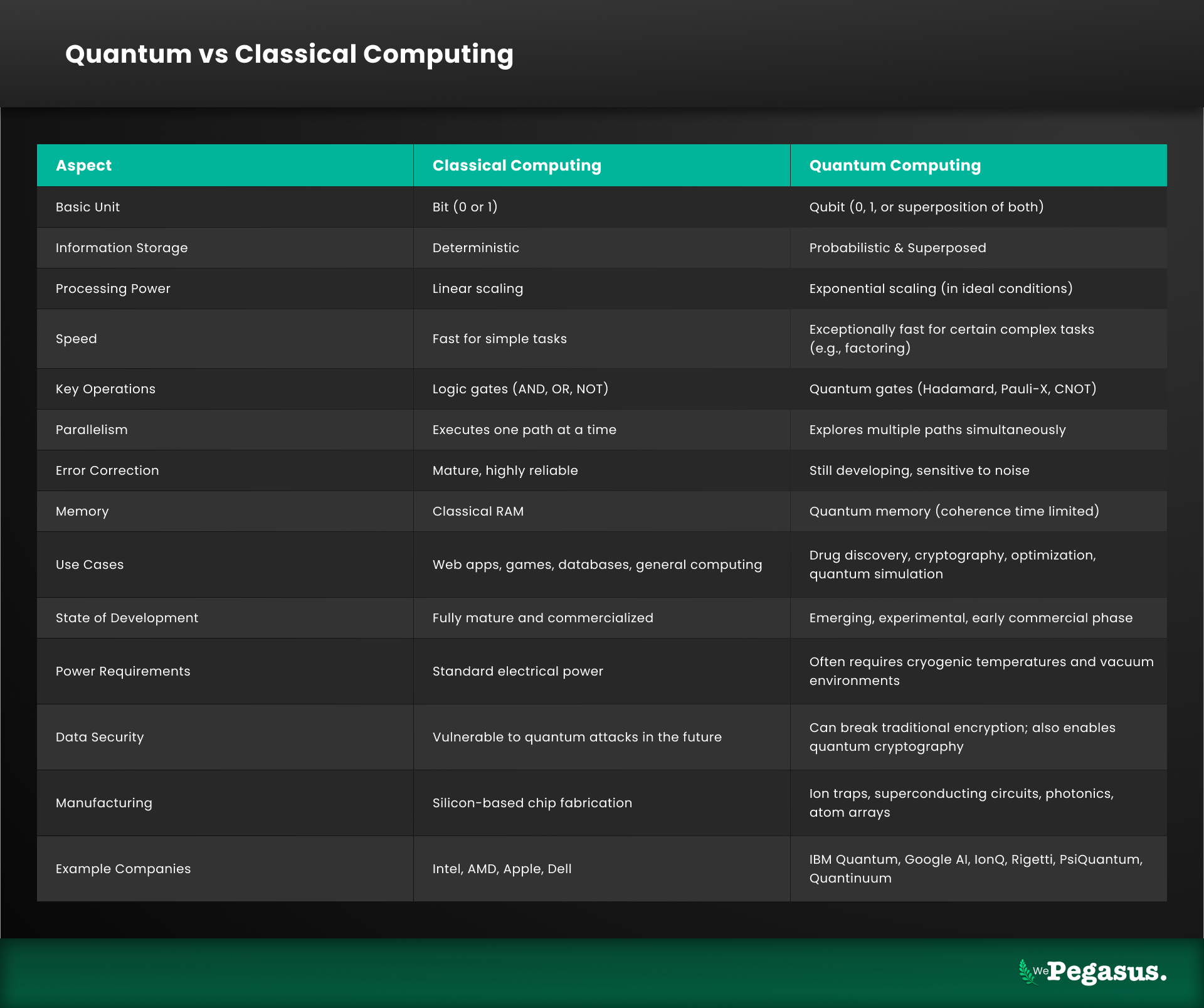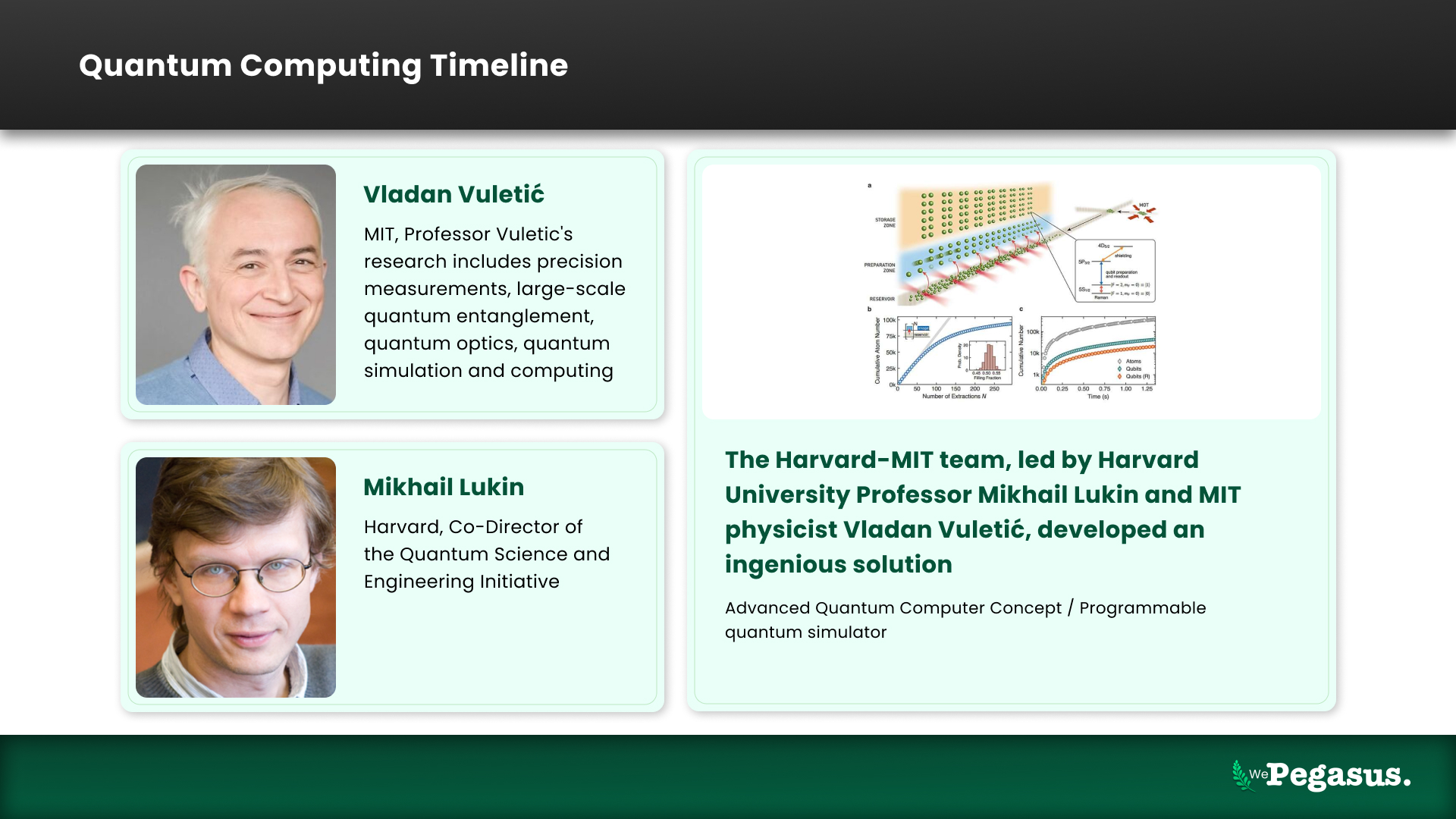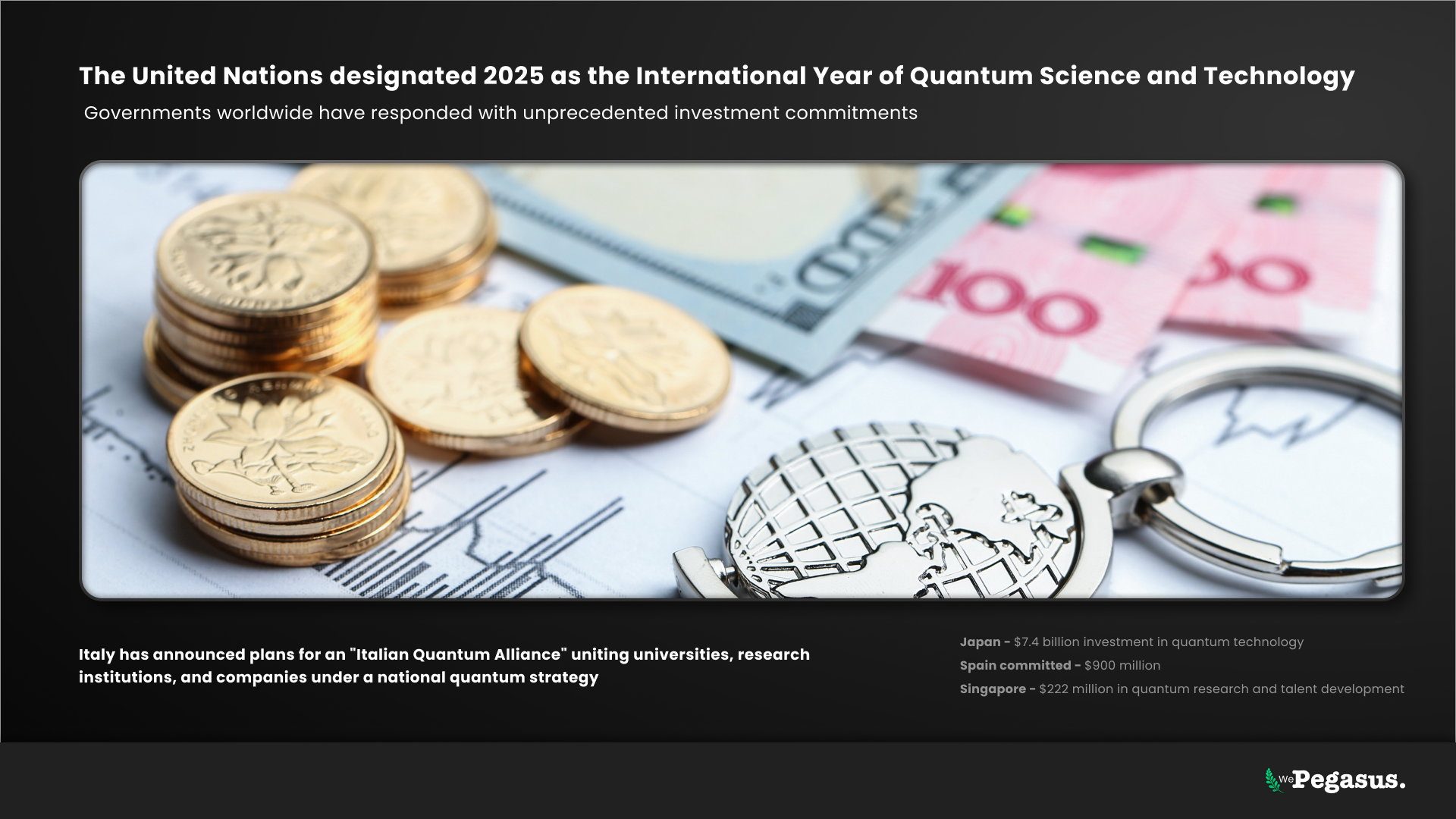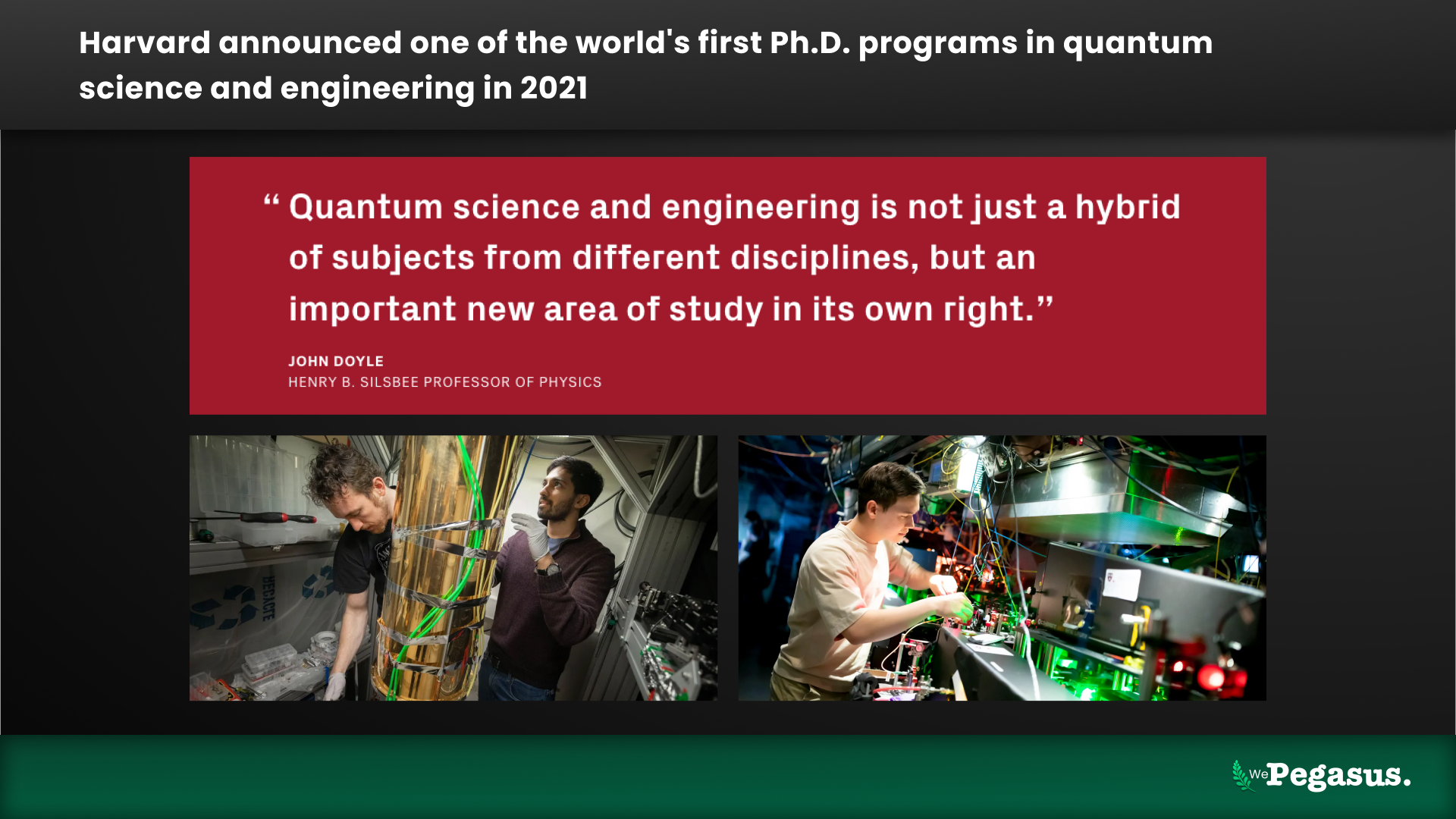In September 2025, Harvard researchers achieved a major quantum computing breakthrough: the first continuously operating quantum computer running for over two hours. This quantum computing innovation uses a 3,000-qubit neutral atom array that automatically solves atom loss, quantum computing’s biggest challenge.
The Harvard quantum computer employs optical tweezers and an optical lattice conveyor belt to reload 300,000 atoms per second, maintaining qubit stability and quantum superposition. This breakthrough accelerates quantum error correction capabilities and brings practical quantum computing applications years closer. With this advancement, Harvard-MIT quantum computing research demonstrates that indefinite operation may be just 2-3 years away, transforming industries from pharmaceuticals to finance.
Harvard-MIT’s Continuously Operating Quantum Computer Reshapes the Future of Technology
Harvard scientists built a quantum computer using 3,000 atoms as tiny computing units. Previously, these atoms would escape, stopping the computer after just 60 seconds. Their breakthrough uses a “conveyor belt” system that automatically replaces escaping atoms with fresh ones, 300,000 per second, keeping the computer running continuously for over two hours.

In October 2025, a team of physicists from Harvard University and MIT achieved what many considered impossible just years ago: they built the first quantum computer capable of operating continuously for over two hours without restarting. This breakthrough, published in the prestigious journal Nature, represents a watershed moment in computing history that promises to reshape public policy, transform business sectors, revolutionize career landscapes, and accelerate innovations across multiple industries. As governments worldwide pour tens of billions of dollars into quantum research and companies race to harness its power, this achievement marks the transition of quantum computing from theoretical promise to practical reality.
The Breakthrough That Changed Everything
For years, quantum computing has been plagued by a fundamental limitation. While conventional computers use binary code representing zeros and ones, quantum computers utilize qubits, subatomic particles that can represent multiple states simultaneously. This quantum superposition enables these machines to solve complex problems in minutes that would take classical supercomputers thousands of years. However, the technology has been hampered by “atom loss,” a process where qubits escape the system, causing information loss and system failure. Most quantum computers could only operate for milliseconds, with even the most advanced machines managing merely thirteen seconds of continuous operation.

The Harvard-MIT team, led by Harvard University Professor Mikhail Lukin and MIT physicist Vladan Vuletić, developed an ingenious solution. Their 3,000-qubit system employs an “optical lattice conveyor belt” and “optical tweezers” to replenish qubits in real-time, injecting 300,000 atoms per second to overcome the rate of qubit loss. This innovation fundamentally eliminates the time constraint that has limited quantum computing development. Research associate Tout T. Wang emphasized the significance: “There’s now fundamentally nothing limiting how long our usual atom and quantum computers can run for.”
Transforming Public and Political Policy
This breakthrough arrives at a pivotal moment in global technology policy. The United Nations designated 2025 as the International Year of Quantum Science and Technology, celebrating a century since the initial development of quantum mechanics. Governments worldwide have responded with unprecedented investment commitments. Japan recently announced a $7.4 billion investment in quantum technology, while Spain committed $900 million, bringing total public financing announcements to over $10 billion. Singapore invested approximately $222 million in quantum research and talent development, and Italy has announced plans for an “Italian Quantum Alliance” uniting universities, research institutions, and companies under a national quantum strategy.
These policy initiatives reflect a recognition that quantum computing represents more than just technological advancement, it embodies national competitiveness and security. The Harvard-MIT breakthrough accelerates the timeline for practical quantum applications, potentially bringing what was expected in five years down to just two or three years. This compressed timeline forces policymakers to confront urgent questions about quantum-safe cryptography, data security, and the need for regulatory frameworks before malicious actors can exploit quantum capabilities to break current encryption standards.
Regional quantum initiatives are proliferating across the United States, including the Chicago Quantum Exchange, Elevate Quantum in Colorado, the Chattanooga Quantum Collaborative in Tennessee, and QuantumCT in Connecticut. These regional hubs, often designated as TechHubs under U.S. Commerce programs, aim to capture economic benefits similar to Silicon Valley’s electronics revolution. Europe’s Munich Quantum Valley represents a comparable effort to establish quantum leadership. The Harvard-MIT breakthrough validates these investments and likely accelerates funding for quantum infrastructure, workforce development, and research partnerships.
Revolutionizing Business and Industry
The business implications of continuously operating quantum computers are staggering. Current quantum computing revenue ranges from $650-750 million and is projected to exceed $1 billion in 2025. However, the Harvard-MIT achievement could dramatically accelerate this trajectory. Industries where quantum computing promises transformative impact include pharmaceuticals, finance, materials science, logistics, and cybersecurity.

In drug discovery and medical research, quantum computers can simulate molecular interactions with unprecedented accuracy. Understanding the mechanisms of action for drugs and designing new catalysts has been hindered by our inability to model quantum mechanical systems effectively. Classical computational methods fail to capture the quantum nature of chemical reactions, forcing researchers to rely on expensive trial-and-error approaches. The ability to run quantum simulations continuously opens possibilities for accelerated pharmaceutical development, personalized medicine, and discovery of novel treatments for diseases that currently lack effective therapies.
Financial institutions are particularly interested in quantum computing’s optimization capabilities. Portfolio optimization, risk analysis, fraud detection, and high-frequency trading algorithms could be revolutionized by quantum processors capable of evaluating millions of scenarios simultaneously. However, the financial sector also faces an existential threat: quantum computers powerful enough to break current encryption standards could compromise the entire global financial infrastructure. The race to develop quantum-resistant cryptography has intensified as practical quantum computing draws nearer.
Major technology companies, including Google, IBM, Microsoft, and Amazon, have invested heavily in quantum research. Google’s Willow processor recently demonstrated error correction with 105 qubits and completed a benchmark test in under five minutes that would take a classical supercomputer 10 septillion years. IBM has committed to building Starling, a 200-logical-qubit system by 2028. These corporate investments reflect confidence that quantum computing will create entirely new markets while disrupting existing ones.
Creating New Career Pathways
The quantum revolution is creating unprecedented career opportunities and demanding new educational pathways. Harvard announced one of the world’s first Ph.D. programs in quantum science and engineering in 2021, followed by a partnership with Amazon Web Services to study quantum networking. This reflects a broader trend: universities worldwide are establishing quantum computing programs to meet surging demand for specialized talent.
The quantum workforce extends beyond theoretical physicists and quantum algorithm developers. Industry needs quantum software engineers, quantum error correction specialists, quantum hardware technicians, quantum-safe cryptography experts, and professionals who can bridge quantum computing with practical business applications. Five new quantum technology startups were founded in Asia alone in 2024, underscoring the global expansion of quantum career opportunities.
Educational institutions face the challenge of preparing students for roles that barely existed five years ago. The interdisciplinary nature of quantum computing, requiring expertise in physics, computer science, mathematics, and engineering, demands innovative curriculum design. Short courses, boot camps, and professional development programs are emerging to help existing technology professionals transition into quantum computing roles. As MIT physicist Vladan Vuletić noted, the timeline for practical quantum computers running indefinitely has accelerated from five years to potentially two or three years, intensifying the urgency for workforce development.
Accelerating Future Innovations
The Harvard-MIT breakthrough catalyzes innovations across multiple domains. In materials science, quantum computers can simulate atomic structures and discover new materials with properties optimized for specific applications, from superconductors to batteries with unprecedented energy density. University of Michigan researchers recently used quantum simulation to solve a forty-year puzzle about quasicrystals, proving these exotic materials are fundamentally stable.
Artificial intelligence represents another frontier for quantum enhancement. The intersection of quantum computing and machine learning could overcome computational bottlenecks in current AI systems. Australian startup Q-CTRL partnered with Nvidia and OQC to overcome computational challenges in quantum error suppression, demonstrating how quantum technologies can enhance even classical AI systems. Conference organizers at the 2025 International Conference on Quantum Engineering emphasized that the cost of energy will ultimately define the cost of intelligence, urging quantum development with sustainability in mind.
Climate change mitigation could benefit substantially from quantum computing. Developing efficient catalysts for carbon capture, designing better solar cells, optimizing energy grids, and modeling climate systems all involve quantum mechanical processes that classical computers struggle to simulate. The ability to run quantum computers continuously enables longer, more complex simulations that could accelerate clean energy innovations.
The Road Ahead
The Harvard-MIT achievement represents a crucial milestone, but significant challenges remain. Scaling from 3,000 qubits to the million-qubit systems needed for many practical applications requires continued innovation in error correction, qubit coherence, and system architecture. Different quantum computing approaches, including superconducting qubits, trapped ions, photonic systems, and topological qubits, continue competing for dominance, each with distinct advantages and limitations.

Nevertheless, the trajectory is clear. Quantum computing has transitioned from “if” to “when.” The 55,000% increase in operational time achieved by the Harvard-MIT team demonstrates that fundamental barriers can be overcome through innovative engineering. As research associate Tout T. Wang stated, “The roadmap is now clear based on the breakthrough experiments that we’ve done here at Harvard.”
Conclusion
The Harvard-MIT quantum computing breakthrough represents more than a technical achievement, it signifies a pivotal moment in human technological capability. By solving the atom loss problem that has constrained quantum computers for decades, this innovation accelerates the timeline for quantum computers to revolutionize medicine, finance, materials science, artificial intelligence, and countless other fields.
Governments must now urgently address policy frameworks for quantum-safe cryptography and establish international cooperation protocols. Businesses must prepare for both the opportunities quantum computing creates and the disruptions it threatens. Educational institutions must rapidly expand quantum computing programs to meet workforce demands. And innovators across disciplines must reimagine what becomes possible when quantum and classical computing work in concert.
As we stand at the threshold of the quantum age, the Harvard-MIT breakthrough reminds us that the future often arrives faster than we expect. The race to harness quantum computing’s transformative power has entered a new phase, one where continuous operation brings practical applications tantalizingly within reach, promising to reshape our world in ways we are only beginning to imagine.
Sources:
HARVARD-MIT QUANTUM BREAKTHROUGH (September 2025):
Harvard official announcement: https://news.harvard.edu/gazette/story/2025/09/clearing-significant-hurdle-to-quantum-computing/
Nature journal article (the actual research paper): https://www.nature.com/articles/s41586-025-09596-6
Harvard Crimson coverage: https://www.thecrimson.com/article/2025/10/2/quantum-computing-breakthrough/
Phys.org coverage: https://phys.org/news/2025-09-physicists-quantum-bit-capable.html
GOOGLE WILLOW PROCESSOR:
Google’s official announcement (December 2024): https://blog.google/technology/research/google-willow-quantum-chip/
Google’s Quantum Echoes announcement (October 2025): https://blog.google/technology/research/quantum-echoes-willow-verifiable-quantum-advantage/
Google’s quantum hardware blog: https://blog.google/technology/research/quantum-hardware-verifiable-advantage/
Willow specifications (PDF): https://quantumai.google/static/site-assets/downloads/willow-spec-sheet.pdf
Nature coverage of Google’s quantum advantage: https://www.nature.com/articles/d41586-025-03300-4
OTHER QUANTUM COMPUTING NEWS:
Quantum Computing Report (comprehensive industry news): https://quantumcomputingreport.com/news/


